B-17 Flying Fortress in World War II
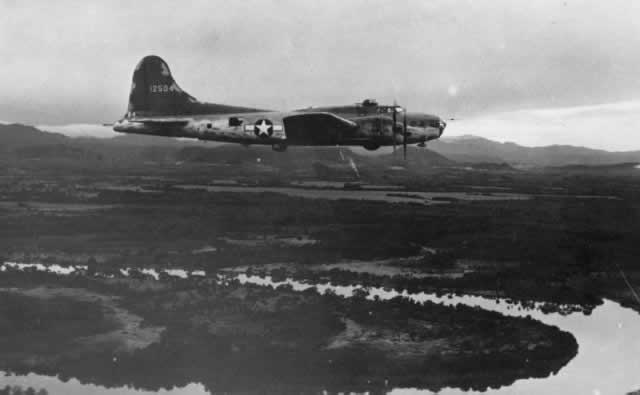 Boeing Y1B-17 Prototype Boeing Y1B-17 Prototype |
B-17 Action in World War II
B-17s served in every World War II combat zone. The aircraft is best known for daylight strategic bombing of German industrial targets. The B-17 flew mostly out of England, equipping 26 of the 40 bombardment groups of the 8th Air Force.
Early models proved to be unsuitable for combat use over Europe and it was the B-17E that was first successfully used by the USAAF. The defense expected from bombers operating in close formation alone did not prove effective and the bombers needed fighter escorts to operate successfully.
B-17s from the Eighth Air Force participated in countless missions from bases in England. These missions often lasted for more than eight hours and struck at targets deep within German territory.
Because of their long-range capability, formations of B-17s often flew into battle with no fighter escort, relying on their own defensive capabilities to insure a successful mission.
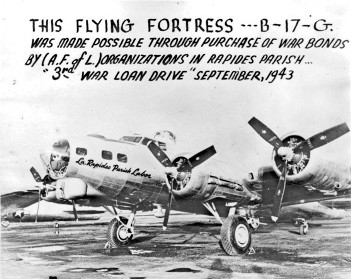 B-17G purchased with War Bonds B-17G purchased with War Bonds |
In the Pacific, the planes earned a deadly reputation with the Japanese, who dubbed them "four-engine fighters." The Fortresses were also legendary for their ability to stay in the air after taking brutal poundings. The airplanes sometimes limped back to their bases with large chunks of the fuselage shot off. Some B-17 aircraft gained fame that has lasted for decades, such as the "Memphis Belle".
During World War II, the B-17 equipped 32 overseas combat groups, inventory peaking in August 1944 at 4,574 USAAF aircraft worldwide.
B-17s on War Bonds Tours
Select B-17 planes were pulled from war service and flown back to the United States to conduct war bond tours, such as the campaign described above right, which enabled a B-17G to be purchased by citizens of Rapides Parish in Louisiana. The "Memphis Belle" also saw service during the war bonds tours.
The B-17 After the War
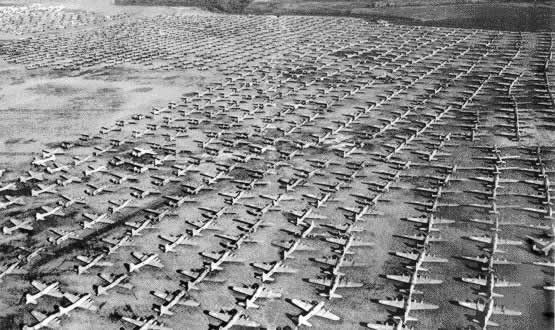 Aerial view of military aircraft in storage in 1946 Aerial view of military aircraft in storage in 1946 |
Following the end of World War II, the B-17 was quickly phased out of use as a bomber and the Army Air Forces retired most of its fleet.
Flight crews ferried the bombers back across the Atlantic and Pacific to the United States where the majority of the planes were sold for scrap and melted down at disposal depots such as Kingman Army Air Field in Arizona (see aerial photo to the right).
Large numbers remained in use in second-line roles such as VIP transports, air-sea rescue and photo-reconnaissance.
Read more about B-17 storage in desert boneyards and scrapping after World War II.
B-17 Photo by the Louisiana History Museum
B-17 Flying Fortress in World War II |
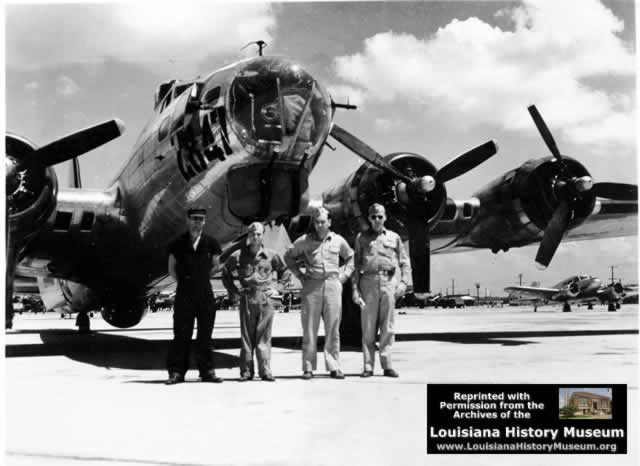 |
Special thanks to the Louisiana History Museum for granting permission
to use this historic photo from its archives
Some of the B-17 Flying Fortresses Scrapped After World War II
Rows of B-17 Flying Fortresses awaiting their final destiny at Kingman Army Airfield as reported in LIFE |
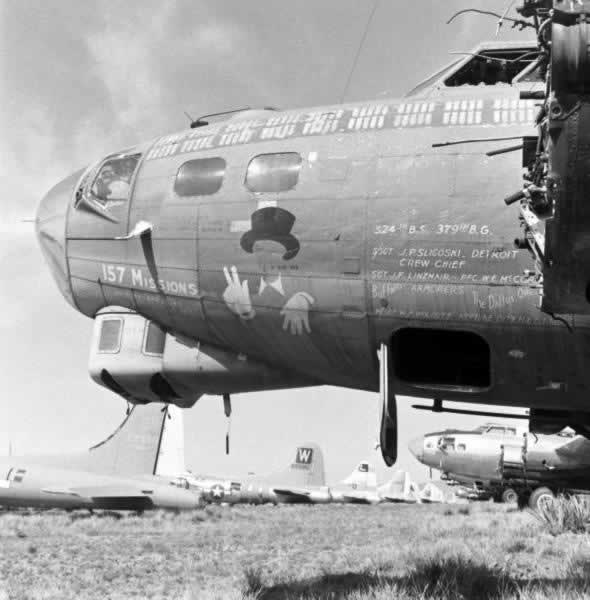 |
B-17G "Five Grand" S/N 43-37716 awaiting the scrapping process at Kingman AAF in Arizona. |
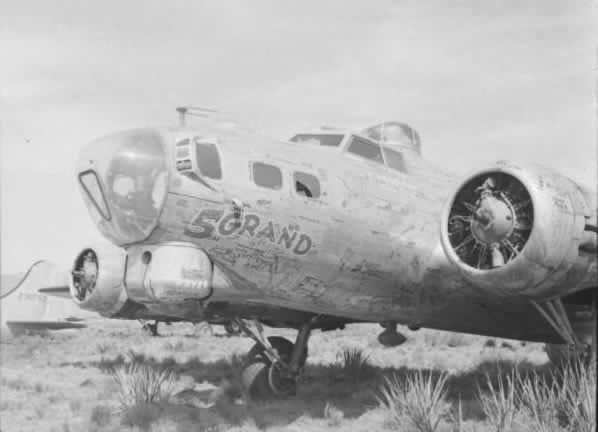 |
B-17 Flying Fortress "Leading Lady", minus engines, at Kingman Army Airfield |
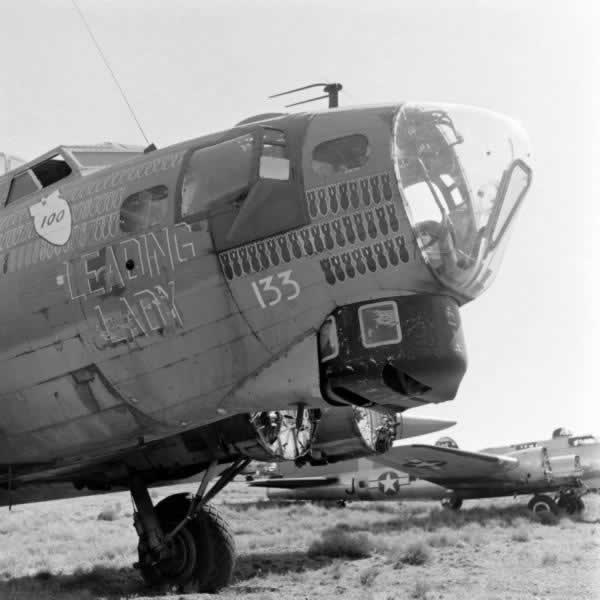 |

